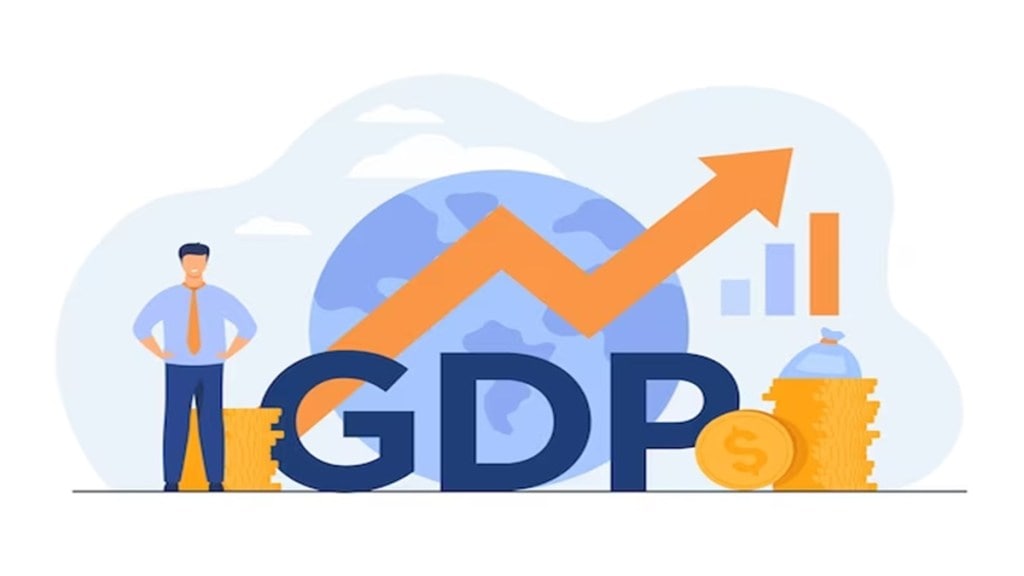India’s social sector spending over the last five years experienced a robust annual growth of 13% and stands at approximately Rs 23 trillion ($280 billion) in FY 2023 (8.3% of GDP), says a report titled ‘India Philanthropy Report 2024’ by strategic philanthropy foundation Dasra written in collaboration with Bain & Co. Public spending constitutes most of the social expenditure (95%). However, India continues to fall short of Niti Aayog’s estimated spending (13% of GDP) needed to meet the 17 UN Sustainable Development Goals (SDGs) commitments by 2030, which include eradication of poverty, quality education and healthcare, gender equality, and climate action.
While the Indian donor base is broadening, CSR and HNI/affluent donations are growing moderately. Private philanthropy grew 10% in FY 2023, to Rs 1.2 trillion ($15 billion) as per the report. This faster growth (vs FY 2018–2023’s 5% annual growth) was driven by growth in family philanthropy (15%) and retail (12%).
“For credible CSR, an enterprise must prioritise socially responsible behaviour, focusing 98% on business conduct, ESG, compliance, and fair treatment of immediate stakeholders. The remaining 2% dedicated to societal and environmental CSR reflects a welcoming shift, aimed at making an impact beyond the organisation, signifying an altruistic commitment to creating impact,” says Pradeep Bhargava, chairman, Confederation of Indian Industry (CII) western region, as quoted in the report.
There has been a notable increase in corporate givers, as evidenced by the proportion of companies complying with the CSR mandate (2% of profits), which increased from approximately 30% in FY 2018 to more than 60% in FY 2022. Additionally, the share of non-BSE 200 companies participating in CSR initiatives rose from 50% in FY 2018 to 59% in FY 2022. CSR spending, however, grew moderately at 7% in FY 2023.
Under family philanthropy, the more than 60% growth in ultra-high-net-worth individual (UHNI) giving was driven by concurrent donors. However, HNI/affluent giving grew moderately at 7%.
Data indicates that HNIs and affluent individuals have a higher propensity to give than UHNIs (more than 0.7% of net worth vs. 0.1% for UHNIs).
The report states that women have historically held a smaller share of wealth due to social inequalities, data from India’s exclusive family philanthropy network, GivingPi indicates that women-led family philanthropy is gaining prominence. Women show greater accountability through their funding initiatives and focus on intersectional approaches incorporating gender equity, diversity, and inclusion (GEDI) to address complex societal challenges.
Women philanthropists lead with high involvement, preferring “own and operate” initiatives to directly impact outcomes (65% vs. 43% for men), which shapes champions, fosters collaborations, and builds institutions. For example, Vidya Shah shifted from a corporate role to leading the EdelGive Foundation, which aids in shaping inclusive narratives and building institutions for supporting child education, women’s empowerment, and community resilience.
Traditional sectors like education and healthcare continue to receive support from inter-gen (78% as per GivingPi) and now-gen givers (76%). Despite these givers’ focus on traditional sectors, these cohorts prioritise systemic change as an approach. These givers have a deeper interest in giving to GEDI and climate action, and aspire to invest in strengthening philanthropic infrastructure in the future.
Young inter-gen givers (under 40) are more interested in sectors like climate action (50% vs. 37% for overall inter-gen).
While businesses have historically spearheaded family philanthropy, India is seeing more professionals accumulating wealth and engaging in philanthropy (about 20% of GivingPi members currently). They are keen to give toward strengthening the ecosystem (57% vs 35% for business owners).
Vidya Shah, executive chairperson, EdelGive Foundation, the philanthropic initiative of Edelweiss Group, says, “Professionals, a high-potential segment, have seen growing donations in recent years due to wealth creation in the service sector. They often start donating early (in their 30s–40s) in their wealth creation journey, and their contributions are driven by personal and professional experiences, reflecting a deterministic approach.”
